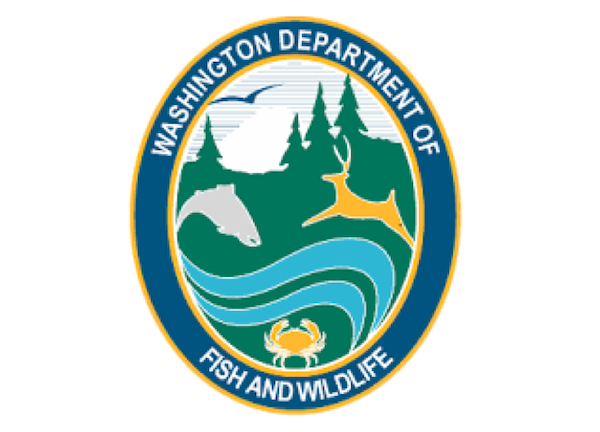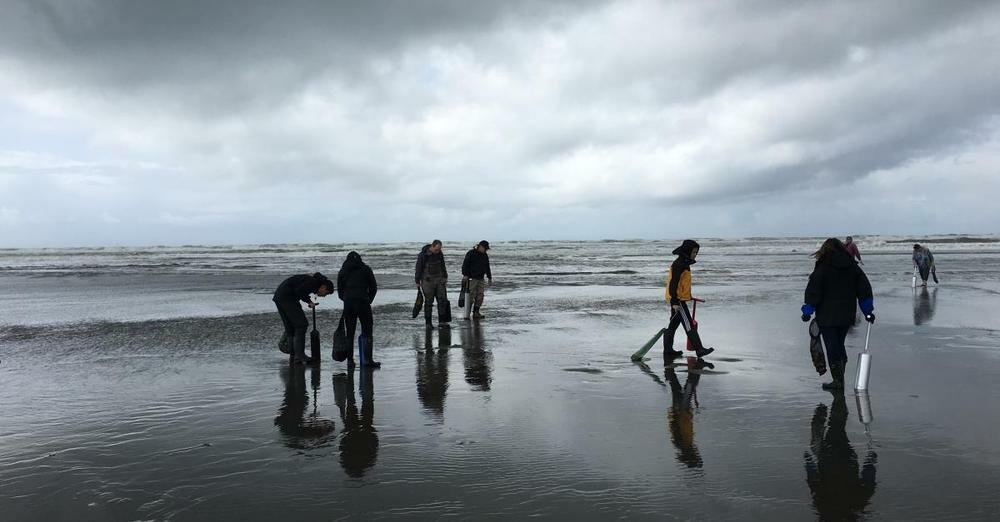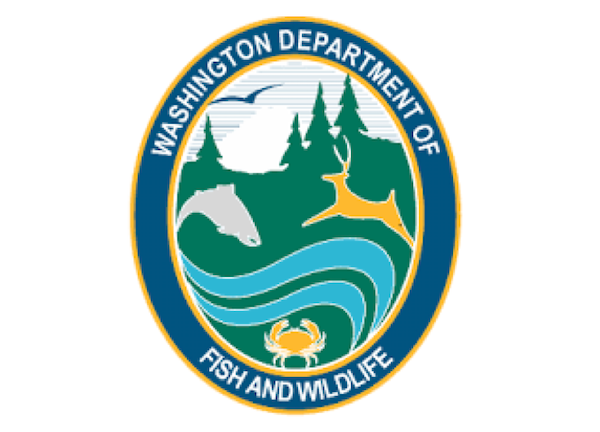Idaho Fish Report
State, tribal co-managers submit long-term harvest plan to help guide Puget Sound Chinook salmon management

by WA Department of Fish & Wildlife Staff
2-18-2022
Website
OLYMPIA – Fishery managers with Puget Sound treaty tribes and the Washington Department Fish and Wildlife (WDFW) on Thursday submitted a Puget Sound Chinook Harvest Management Plan to federal regulators which, if approved, lays out a conservation framework to guide Chinook salmon fishing in Puget Sound for the next decade.
The 2020 State of Salmon report concluded that wild Puget Sound Chinook salmon are “in crisis” despite being listed under the Endangered Species Act (ESA) for more than two decades. While some stocks have made limited progress toward recovery, most remain near historical lows. The decline has broadly impacted the entire Puget Sound ecosystem, as well as both tribal and non-tribal fishing opportunities.
“We have given a hard look at stock status and salmon management,” said WDFW Director Kelly Susewind. “We recognize that fishery limitations alone cannot rebuild our Chinook runs, but need to be carefully managed to ensure progress on recovery as we work to restore habitat. This revised plan has been in development for years, and the level of partnership and co-manager collaboration required to get it across the finish line was monumental. We believe this plan conserves Chinook salmon while still allowing for the fishing opportunities so important to Washington’s culture and economy.”
"The 10-year Puget Sound Harvest Plan is an example of cooperative co-management that will allow conservative harvest management while we continue the hard work of restoring lost and degraded salmon habitat," said Northwest Indian Fisheries Commission Chairman Ed Johnstone. "After 22 years of rebuilding plans, the status of most stocks has not improved. More work must be done in following the rebuilding plans and addressing the habitat needs. With time and commitment, with real expected outcomes in the habitat area, we can start to rebuild and de-list our Chinook stocks."
The submitted plan establishes Chinook salmon management objectives for the years 2023 to 2033, a longer timeframe than previous plans. If approved, the plan will allow fisheries to move forward consistent with the requirements of the ESA. Fisheries affecting ESA-listed Puget Sound chinook can only occur with approval from the National Marine Fisheries Service (NMFS).
Since the last long-term management plan expired in 2014, the co-managers have had to seek federal approval for fisheries on an annual basis, a cumbersome and time-consuming process.
The harvest management plan is one part of a comprehensive Puget Sound salmon recovery effort, which also includes protection and restoration of habitat, addressing predation, and mitigating impacts from climate change.
“Tribal and State co-managers worked hard to create a management structure that instills accountability and establishes sustainable measures to increase the trajectory of recovery. We focused on prioritizing increased monitoring efforts and greater responsibility to the resource,” said NWIFC Vice Chair Shawn Yanity, who is also fisheries manager for the Stillaguamish Tribe. “Further, we wanted to acknowledge and guarantee that the Stillaguamish Tribe’s integrated recovery hatchery program can provide a continued boost to the Stillaguamish natural-origin population, as productivity has declined with an increase of habitat degradation and urban sprawl.”
“We used the best available science when crafting this plan, and it includes advancements in conservation strategies to support salmon recovery while providing fishing opportunities,” said WDFW Director Susewind. “If this plan is approved, it gives us a strong starting point for annual season-setting, while still putting the recovery of ESA-listed salmon first.”
Some of the key elements of the submitted plan include:
- Changes to allowable “exploitation rates” – the number of ESA-listed salmon that can be impacted by fisheries – for several different Puget Sound stocks, based on updated scientific modeling. Given changes to the modeling framework used between earlier versions of the plan and the 2022 plan, it is difficult to make an “apples to apples” comparison of exploitation rates.
- A request for NMFS to reconsider the role that Mid-Hood Canal Chinook have in the overall recovery of Puget Sound Chinook. While NMFS considers this request, interim measures conserve Mid-Hood Canal Chinook while offering greater flexibility in season-setting and allowing managers to focus on other Chinook populations.
More information about the plan is available online at the WDFW website, where you can sign up to receive updates on the plan. The full plan is also available online.
The submitted plan was developed as part of a federally mediated process between the co-managers. As required by the mediation agreement, negotiations took place under a confidential process consistent with federal and state laws recognizing the value of that approach. To engage the public, WDFW solicited, collected and considered more than 500 comments on a scoping document summarizing potential actions to conserve and rebuild Puget Sound Chinook salmon.
WDFW fishery managers will also host a virtual public meeting on March 2, from 6-7:30 p.m., to present information about the plan and answer questions from the public. The public can participate in the meeting on Zoom, or by calling 253-215-8782 and entering the meeting ID: 884 9954 7752.
The federal process for approving the plan is expected to take over a year, and will include multiple opportunities for the public to review and comment on the plan.
The Northwest Indian Fisheries Commission is a support service of the 20 treaty tribes that co-manage natural resources with the State of Washington. NWIFC was formed after the 1974 U.S. v. Washington ruling that re-affirmed the tribes’ treaty-reserved fishing rights.
The Washington Department of Fish and Wildlife works to preserve, protect and perpetuate fish, wildlife and ecosystems while providing sustainable fish and wildlife recreational and commercial opportunities.


